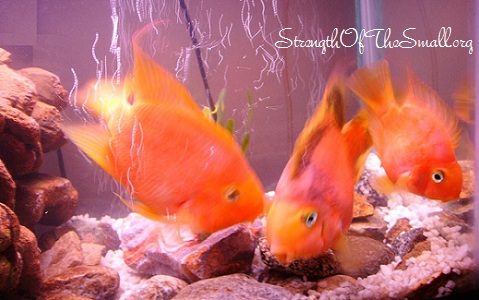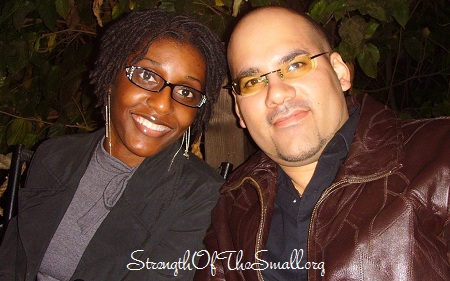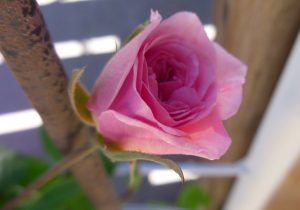For the past eight years we have owned freshwater fish, precisely, Blood Parrot Cichlids. Actually, we started out with gold fishes in 2004 and it didn’t work out. Even though we had a good filter, the water was always cloudy and dirty as goldfish produces too much waste. The following weekend, we went back to the Pet Store and instantly fell in love with the Blood Parrot Cichlids. We bought two and added a third one a few months later. Everything was wonderful until we moved to the High Desert of California. They all died by August of 2007 (almost four months after the move). We were devastated as we’ve had them as juveniles! We think that they might have grown too big for the tank size or something. So, what is a Blood Parrot Cichlid?

According to Wikipedia and other sources on the Internet, the Blood Parrot Cichlid is a hybrid fish consisting of the Midas Cichlid and the Redhead Cichlid that was first created in Taiwan in the late 1980’s and then introduced to the market in 1986. It is also said that as a result of inbreeding, the Blood Parrot Cichlid has several deformities, notably, its beak-shaped mouth that cannot fully close, which they compensate for by crushing food with the throat muscles. The main colors are bright orange, red or yellow. Young fishes are usually tan/brown with black spots near the tail and change color as they mature. Other colors, such as pink, green, blue, and purple have successfully been produced by dyeing the fish, which shortens life expectancy. It is said that an adult fish can grow to a length of 9 inches and reach an age of 10 years or older.
In 2010, we bought two juveniles Blood Parrot Cichlid and added two more a couple of years later (with the intention of upgrading the tank), which we unfortunately didn’t do and ended up losing the first two, which by then had grown so, so much. Again, we were devastated but not surprised. We didn’t follow through with our plans. We are now down to two and we intend to keep it at such with a tank upgrade.
The Blood Parrot Cichlid is a strange, yet adorable fish. They are quite aggressive (even amongst themselves, sometimes and would eat anything smaller than them). They are peaceful, friendly, responsive to people, entertaining and compatible with breeds that are of similar behavior (similar sized fish or slightly smaller than them). We’ve heard they get along with the following: Oscars, Arowanas, Corydoras, Clown knifes, Firemouth, Plecos, etc). Plecos or Plecostomus are omnivores (eating both animals and plants) and they make great additions to a fish tank as they clean them by eating algae, fungus, dead fish and whatever else they can find.
Click here to learn about fishkeeping.
Click here to learn about their Genetics.
Click here, here, here and here to learn more about the Blood Parrot Cichlid.





















